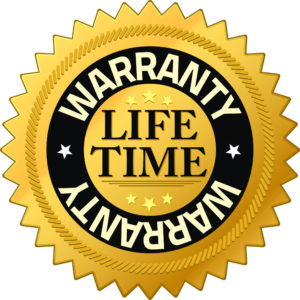If you missed Part 2 of this week’s 6 Part Series, click this link to read it.
Part of being a Savvy Online Shopper requires that you find the greatest value for your money. Determining the “greatest value” is a highly subjective thing and doesn’t always mean paying the lowest price up front…although you should always strive for savings.

If I was looking to purchase a water purifier for my use at home and on the road, I should consider the frequency with which I would be buying new filters, as well as the initial cost of the system. Having to purchase filters every 3-4 months doesn’t appeal to me as much as filters that will need replacement every couple of years or more. Filters that require more frequent replacements make me think that I could spend a little more money to find a product that doesn’t need my dollars every few months. It also makes me consider that such a system might be outdated in a year and (as a common practice in retail) would require that I “upgrade” or buy “the newest model” which will be outdated in 6 months anyway. This practice is largely biased to favor the manufacturer and is known as creating “high consumption” products, products that consumers will purchase repeatedly with calculated frequency. My previous background in manufacturing has taught me that high consumption products seldom put the interests of the consumer first.
Another relevant fact is that products which require more assembly & disassembly are likely to experience a breakdown with each time parts are changed. That is not to say that great products don’t need maintenance. As with any tool, great products are often as great as the owner’s discipline in maintaining them and ensuring proper care and functionality.
Simple searches throughout retail stores and online marketplaces will help you find the key points that you require of products that interest you most. Write these down as bullet points on your list. On bigger-ticket items (items that carry heftier price tags), be sure to review competitors product’s similarities and differences. Don’t compare apples to quinoa. Cosmetic differences should be the least important details if they do not lend to functions in design. Compare the price savings of purchasing online versus buying in retail. Not having to pay extra in taxes through an online purchase may pale in comparison to paying a little more from a local retailer who offers free maintenance or on-site troubleshooting with the warranty.
One last consideration that routinely is overlooked by “would-be” savvy online shoppers is opportunity cost. Consider the following:
If product A sells for $99 at the local retail store and product B sells for $85 from ABC online store, then which should I buy? Well, if both products A and B offer a solution to my problem, then I consider this:
- Do I need my problem solved immediately?
- If so, the convenience of spending $14 dollars more (plus my time & travel costs to the store) is worth it.
- If not, I can wait a few days (inconvenience) to save the $14 dollars.
Opportunity costs are real and are often not measured in dollars or tangible goods. This is something that you might factor in with knowing the market prices of products, especially if you have a sensitive deadline to meet. Whatever the price you choose to pay, be sure to purchase from a site you can trust & that will guard your personal information securely. You’ll need to have proper documentation too.
Part 4 on Wednesday December 12: Purchase securely & Save your documentation







So, where is part 4?
Part 4 is here!: http://www.directive21.com/?p=7335
-David